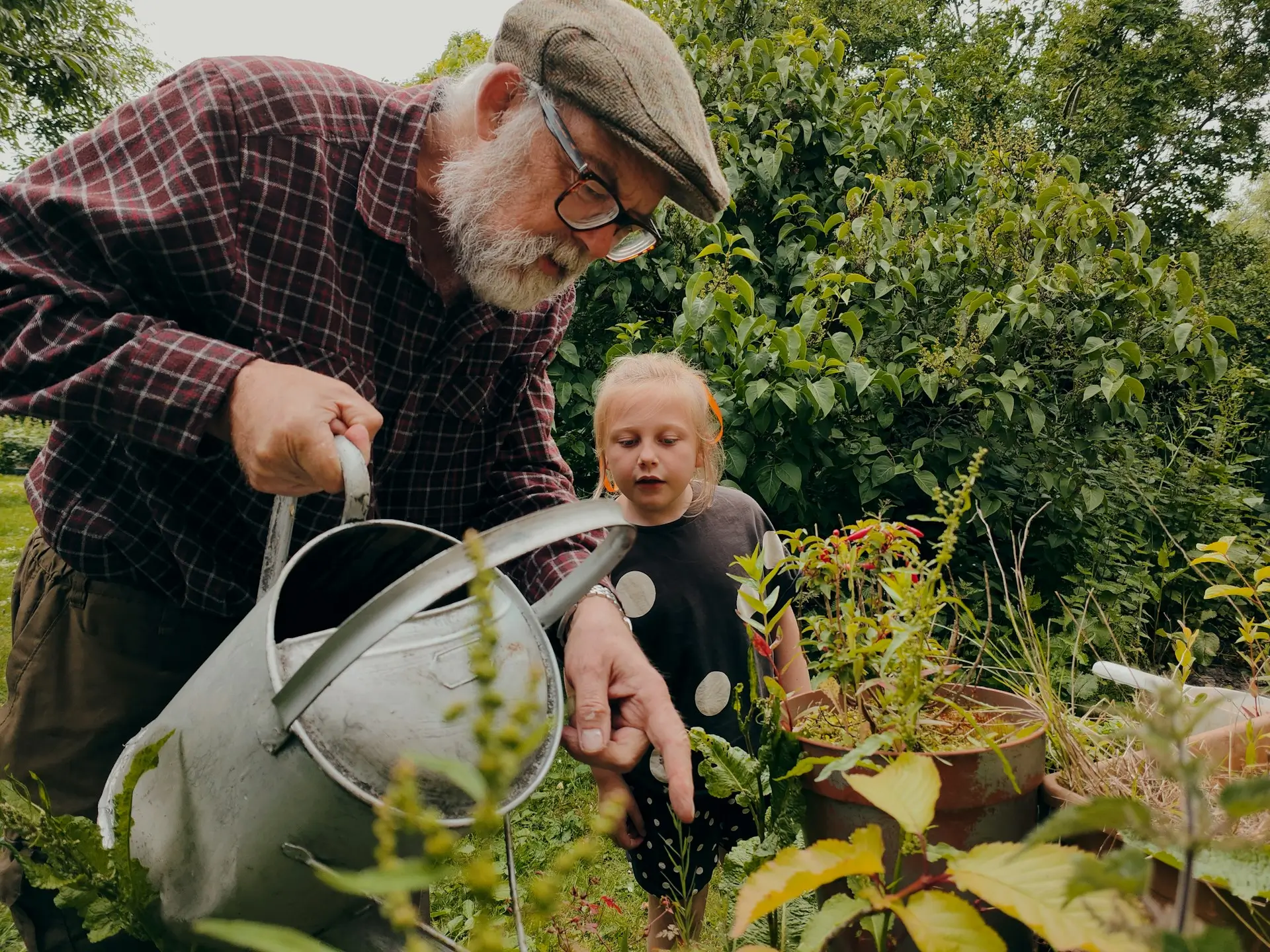Your Guide to Starting Community Gardening as a Senior
Gardening is more than just planting seeds and watering flowers; it’s a way to connect with nature, stay active, and build relationships. For seniors, community gardening offers a wonderful opportunity to enjoy these benefits while being part of a supportive group. Whether you’ve always loved gardening or you’re just starting, community gardening is a rewarding experience.
Community gardening allows seniors to stay physically active, meet new people, and enjoy fresh produce while creating a sense of belonging and purpose. It’s an easy way to improve your health and well-being at any age.
What Is Community Gardening?
Community gardening is when a group of people come together to grow plants in a shared space. This could be a vacant lot, a park, or even a designated garden area in a neighborhood. Everyone works on the garden together, sharing the tasks and the harvest. It’s a team effort where you can grow vegetables, fruits, flowers, and herbs.
For seniors, community gardens often have raised beds to make gardening easier and accessible. These gardens are welcoming places where you can learn new skills, share your knowledge, and enjoy the company of others.
Why Is Community Gardening Good for Seniors?
Gardening has many benefits, but community gardening is especially good for seniors. Let me explain why:
- Physical Health: Gardening involves activities like digging, planting, and watering, which help you stay active. It’s gentle exercise that can improve strength and flexibility without being too hard on your body.
- Mental Well-being: Being in a garden can reduce stress and improve your mood. The fresh air, sunlight, and greenery have a calming effect.
- Social Connections: Gardening with others gives you a chance to make friends and reduce feelings of loneliness. You’re part of a group working towards a common goal, which is very fulfilling.
- Fresh Produce: You get to eat fresh, healthy vegetables and fruits that you grew yourself. This can improve your diet and save money.
How to Get Started with Community Gardening
Starting with community gardening is easier than you think. Here are the steps you can follow:
1. Find a Garden Near You
Look for community gardens in your area. You can ask at local community centers, search online, or check with gardening groups. If there isn’t one nearby, you can start your own with the help of neighbors.
2. Join a Garden
Once you find a garden, reach out to the organizers. They’ll let you know how to join and explain the rules. Some gardens may have a small membership fee to cover costs like water and tools.
3. Gather Tools and Supplies
Most community gardens provide basic tools, but it’s good to have your own gloves, a small trowel, and gardening shoes. Don’t worry about buying everything at once; you can always borrow or share.
4. Choose What to Grow
Start with easy-to-grow plants like tomatoes, cucumbers, or flowers. You can also grow herbs like basil and mint, which are useful in cooking. Pick plants that suit your climate and season.
Common Questions About Community Gardening
How Much Time Does It Take?
You don’t need to spend hours in the garden every day. Most community gardens only require a few hours of work each week. You can choose tasks that match your energy level and schedule.
Do I Need Experience?
No! Community gardens are for everyone, whether you’re a beginner or an expert. Other gardeners will guide you and share tips, so you’ll learn as you go.
Can I Garden with Physical Limitations?
Absolutely. Many community gardens are designed to be senior-friendly. Raised garden beds, seating areas, and lightweight tools make gardening easier for everyone.
What Can I Expect to Grow?
The possibilities depend on your garden’s location and climate. Here’s an example of what you can grow:
| Season | Vegetables | Fruits | Herbs |
|---|---|---|---|
| Spring | Lettuce, Spinach | Strawberries | Basil, Parsley |
| Summer | Tomatoes, Peppers | Watermelon, Mango | Mint, Thyme |
| Fall | Carrots, Broccoli | Apples, Pears | Sage, Rosemary |
| Winter | Kale, Cabbage | Oranges (in warm areas) | Cilantro |
Tips for Enjoying Community Gardening
- Start Small: Don’t take on too many tasks at once. Begin with a small plot and a few plants, and grow from there.
- Work at Your Own Pace: Listen to your body and take breaks when needed. Gardening is not a race.
- Ask Questions: Don’t be shy about asking for help or advice. Other gardeners are happy to share their knowledge.
- Stay Hydrated: Bring water with you and drink regularly, especially on hot days.
- Wear Comfortable Clothing: Dress for the weather and wear sunscreen, a hat, and gloves to protect yourself.
How Community Gardening Builds Friendships
One of the best parts of community gardening is meeting new people. Working side by side with others creates a sense of community and trust. You’ll share stories, learn from each other, and celebrate the fruits of your labor together.
If you’re shy or new to the group, don’t worry. Just being friendly and open will help you connect with others. Many gardens also organize events like potlucks or workshops, which are great for making friends.
Last Word
Community gardening is a fantastic way for seniors to stay active, make friends, and enjoy fresh produce. It’s not just about growing plants; it’s about growing connections and living a healthier, happier life. If you’ve been thinking about trying it, now is the perfect time to start.
If you have any questions, comment below. I’d love to help!

